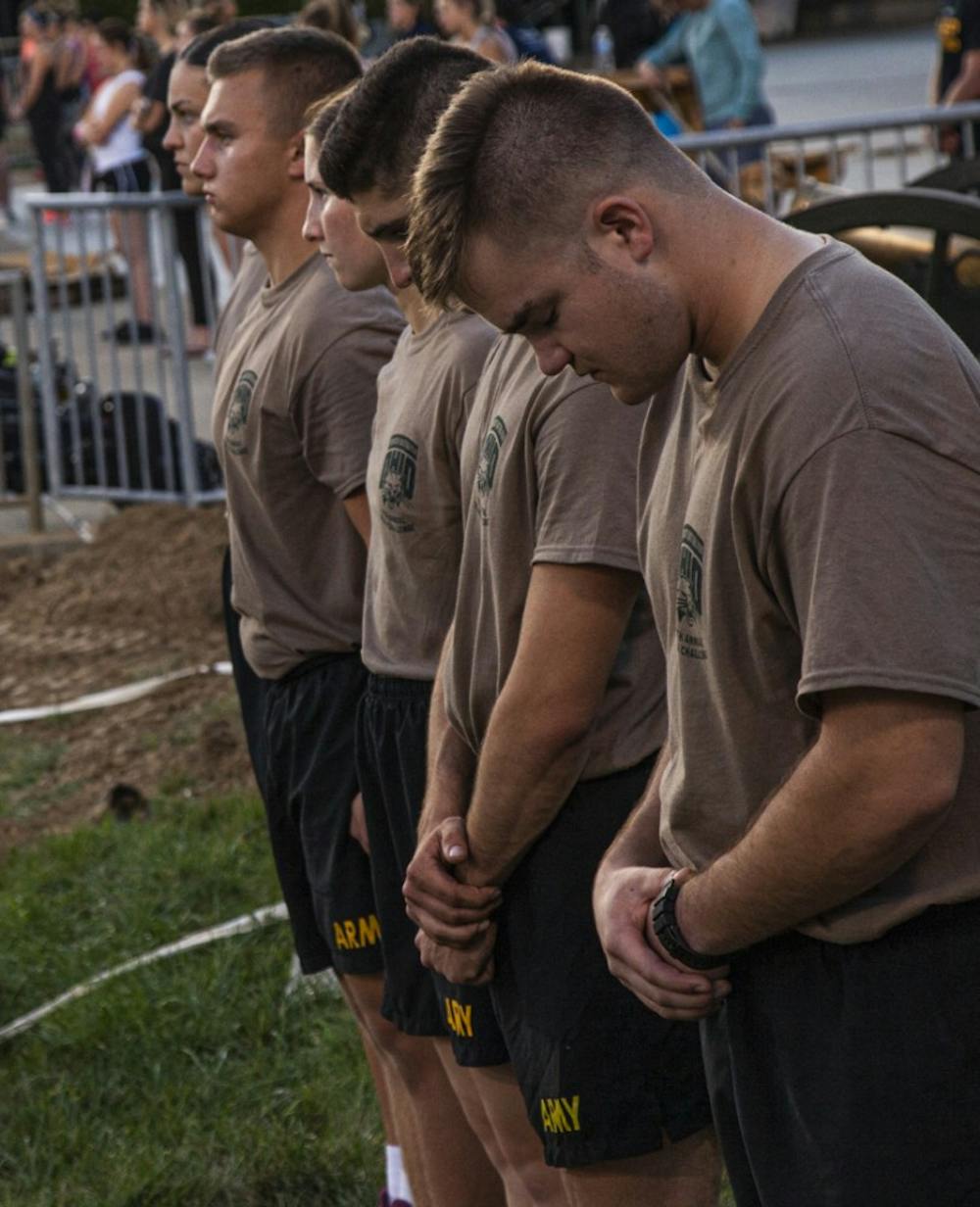Army Reserve Officer Training Corps (ROTC) is a training program for college students committed to national service. It trains future soldiers and leaders. Involvement at Ohio University includes physical training, a leadership lab and military science classes.
Army ROTC at OU, also known as “The Bobcat Battalion,” has been in action since 1936. However, this school year has proven to be different from the past. The Army ROTC program has shown remarkable adaptability and flexibility. They switched from regular training and implemented new protocols to adhere to COVID-19 guidelines set by health officials and OU.
Currently, all Army ROTC Cadets are on campus. Noah Kiger, a junior at OU, is a member of The Bobcat Battalion. Being on campus, he has insight into what training is like under the new protocols.
“In all settings, masks are required and 6 feet is mandated,” Kiger said in a message. “During workouts, we keep our masks on at all times when at Ping or Walter Field House. When a Company is working out outside at Peden, we can take our masks off if we are doing activities where we can maintain spacing- per Athens and OU Policy.”
If a cadet contracts COVID-19, advice from the university and health officials takes precedence.
“If one cadet must quarantine, any individual that was in recent contact with them within the program is told to quarantine as well,” Kiger said in a message. “This protocol is done without issue and (has been) exercised throughout the past two semesters. A cadet does not miss training when in quarantine, with exception to in-person labs, because we constantly broadcast our training through (Microsoft Teams) for those who cannot be in person.”
This school year, The Bobcat Battalion changed its structure for the first time in years. The change accommodates COVID-19 restrictions. Usually, three companies make up The Bobcat Battalion. This year there are four companies to reduce the number of cadets in each group.
“The Companies are spread apart during classes, labs and physical training,” Kiger said in a message. “We split our battalion up during physical training between pre-planned locations such as Ping, Walter Fieldhouse, Pruitt and occasionally the bike path (for runs or rucks). Each Company splits up into the two different platoons that usually switch stations halfway through the workout. Stations do not have to be equipment-based. When they are, equipment is sanitized with wipes before and after use. Equipment is turned in at the end of workouts.”
The Army ROTC experience differs from previous years, but the reward remains the same. Chris Campbell, a freshman at OU, is also part of The Bobcat Battalion. Campbell said the most rewarding aspect of the program is being a part of something bigger and having an opportunity to better himself.
Although challenging, COVID-19 has also taught important lessons about the Army ROTC to Kiger and Campbell.
“Don’t take in-person training for granted,” Campbell said in a message. “I’ll be able to appreciate training and lessons taught face to face.”






